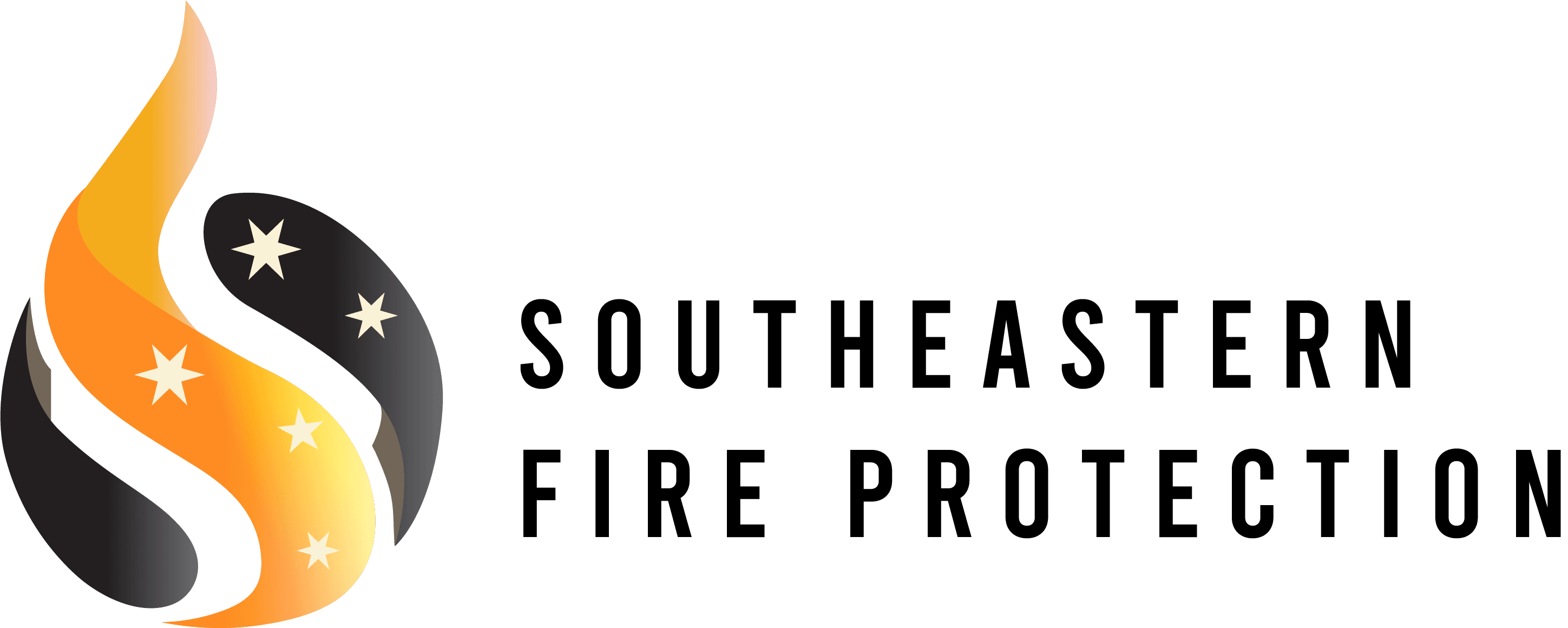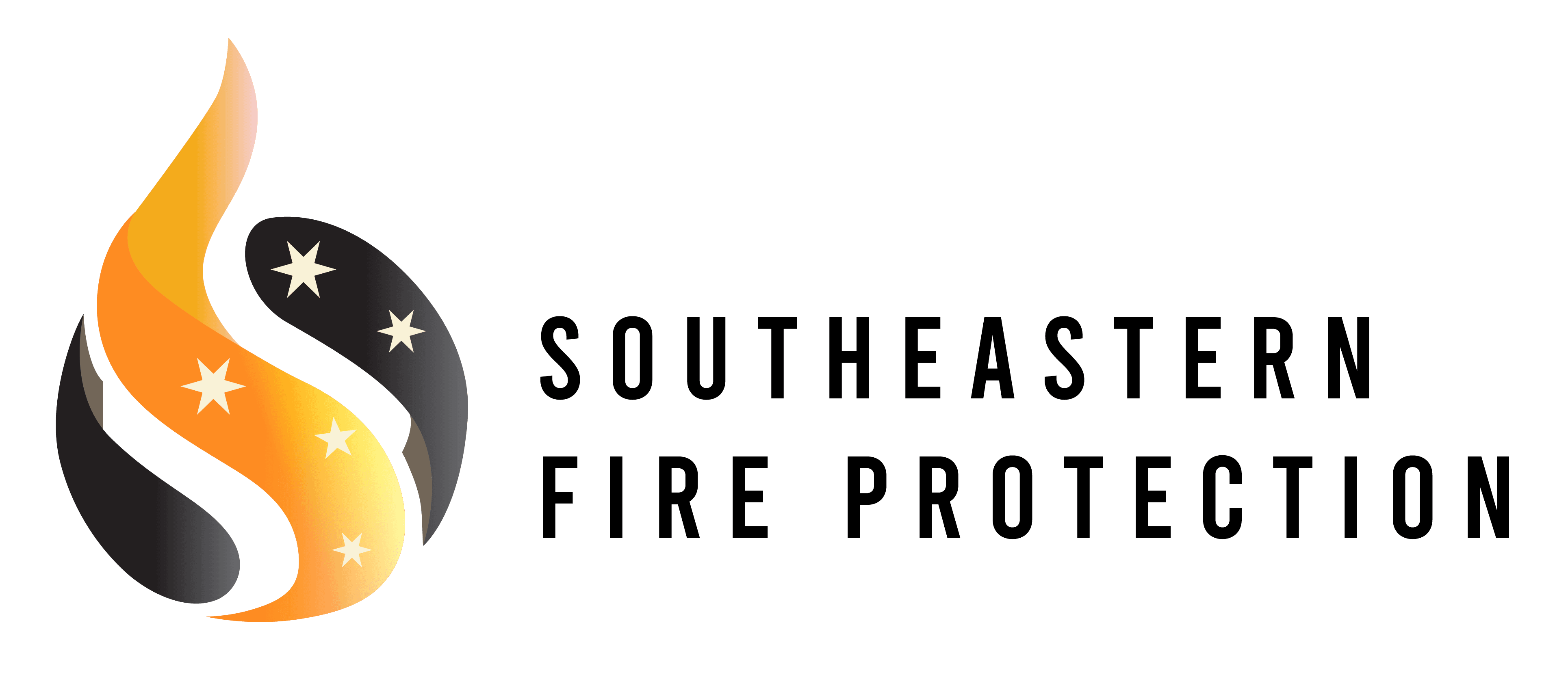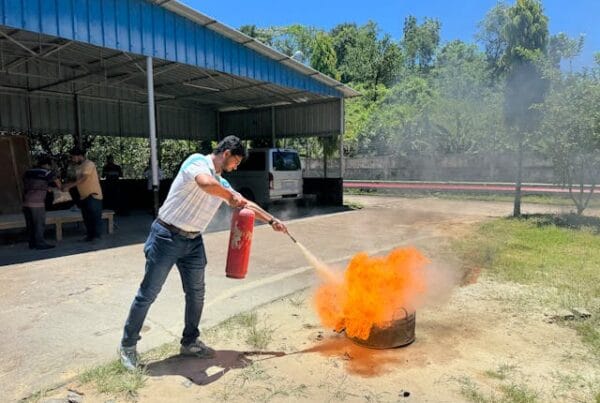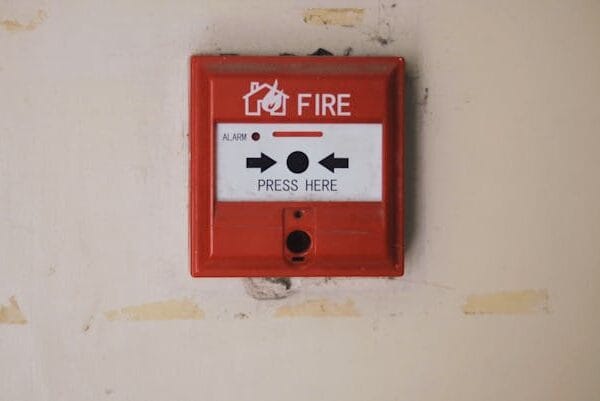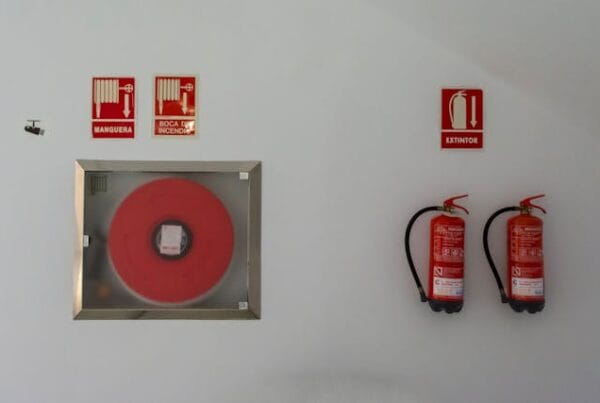Your commercial kitchen’s fire suppression system is a critical life-safety device, but it doesn’t last forever. Over time, systems can become outdated, non-compliant, or simply worn out. Continuing to rely on an obsolete or damaged system is a gamble no restaurant owner can afford to take. Recognizing the warning signs that your system is past its prime is crucial for maintaining a safe and compliant operation. In some cases, a simple repair won’t suffice, and a complete kitchen hood suppression install is the only responsible choice. This article highlights five critical signs that indicate it’s time to invest in a new fire suppression system for your commercial kitchen.
H2: Sign 1: Your System is No Longer Compliant with Current Fire Codes
The clearest sign you need a new kitchen hood suppression install is when your existing system no longer meets current codes. Fire safety standards, particularly NFPA 96 and NFPA 17A, are updated periodically to incorporate new technologies and safety findings. A major update years ago mandated the switch from dry chemical to wet chemical systems for commercial kitchens to better combat modern grease fires. If you still have an older dry chemical system (like those using sodium bicarbonate), it is obsolete and non-compliant. A fire marshal will flag this immediately during an inspection. Similarly, if your system was not designed and installed to cover all current appliances under the hood, it is also non-compliant. Any failure to meet the latest codes necessitates a full system replacement.
H2: Sign 2: You’ve Significantly Changed Your Kitchen Layout or Appliances
A professional kitchen hood suppression install is not a one-size-fits-all solution; it is custom-designed for a specific kitchen layout and appliance line. If you have recently renovated your kitchen, moved appliances, or introduced new types of cooking equipment (like a high-temperature charbroiler or an additional deep fryer), your existing fire suppression system is likely inadequate. The original nozzle placement and agent quantity were calculated for the old layout. New or moved appliances may now be outside the effective range of the nozzles, creating dangerous unprotected zones. Modifying an old system is sometimes possible, but often, the changes are so significant that a complete redesign and new installation are more effective and safer.
H2: Sign 3: The System Has Activated and Discharged
If your fire suppression system has activated to extinguish a fire, a full professional evaluation is required after the incident. While the immediate next step is a system recharge, the event itself may reveal underlying issues or cause damage to system components. The intense heat of a fire can damage nozzles, detection lines, and other parts. A certified technician must thoroughly inspect every component before recharging. In some cases, especially with older systems, it may be more cost-effective and safer in the long run to use this opportunity to upgrade to a modern system. A full replacement ensures every part is new and functioning perfectly, rather than patching up a system that has already been stressed by a real-world event. This is a critical moment to consider a fresh kitchen hood suppression install.
H2: Sign 4: Key Components are Obsolete or Unavailable for Repair
As fire suppression systems age, manufacturers discontinue older models and their proprietary parts. If your system requires a repair and the technician informs you that a critical component—like the control head or a specific valve—is no longer manufactured, you have a serious problem. You cannot substitute parts from other brands; systems are tested and listed by agencies like Underwriters Laboratories (UL) as a complete unit. Using unapproved parts voids the system’s listing and makes it non-compliant. When essential components become obsolete and unavailable, you have no choice but to invest in a completely new kitchen hood suppression install to ensure your kitchen remains protected and compliant.
H2: Sign 5: The System Shows Pervasive Corrosion or Physical Damage
A commercial kitchen is a harsh environment. Constant exposure to heat, steam, and cleaning chemicals can take a toll on your fire suppression system over time. During your semi-annual inspections, a technician may point out signs of significant corrosion on the piping, nozzles, or the agent cylinder itself. While minor surface rust might be manageable, pervasive corrosion can weaken the structural integrity of the system, potentially causing leaks or a failure to discharge correctly. If the corrosion is widespread or affects critical components, patching it up is a temporary and risky fix. A new installation provides peace of mind that your system is structurally sound and ready to perform under pressure.
Conclusion
Your fire suppression system is too important to leave to chance. Being proactive about its condition is a hallmark of a responsible business owner. If your system is old and non-compliant, if you’ve changed your kitchen layout, if parts have become obsolete, or if it shows significant wear and tear, these are all red flags. Don’t wait for a failed inspection or, worse, a fire to force your hand. A timely and professional kitchen hood suppression install is an investment in safety, compliance, and the continued success of your culinary business.
